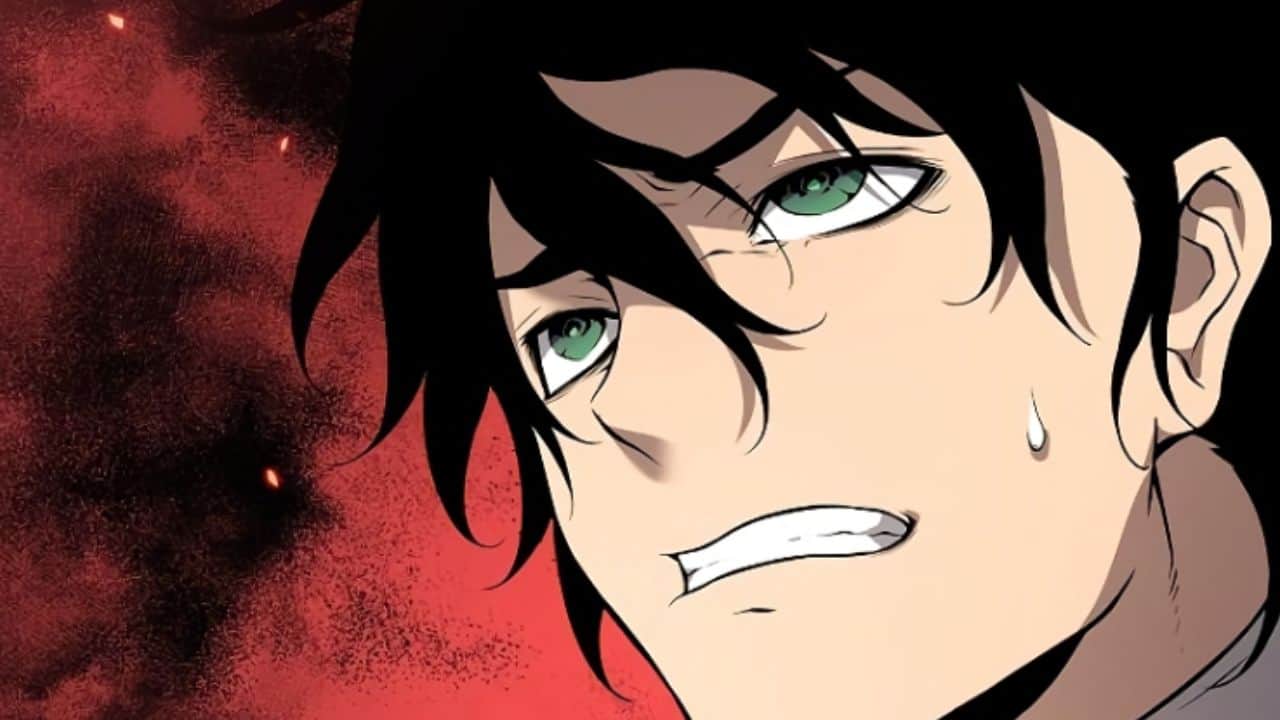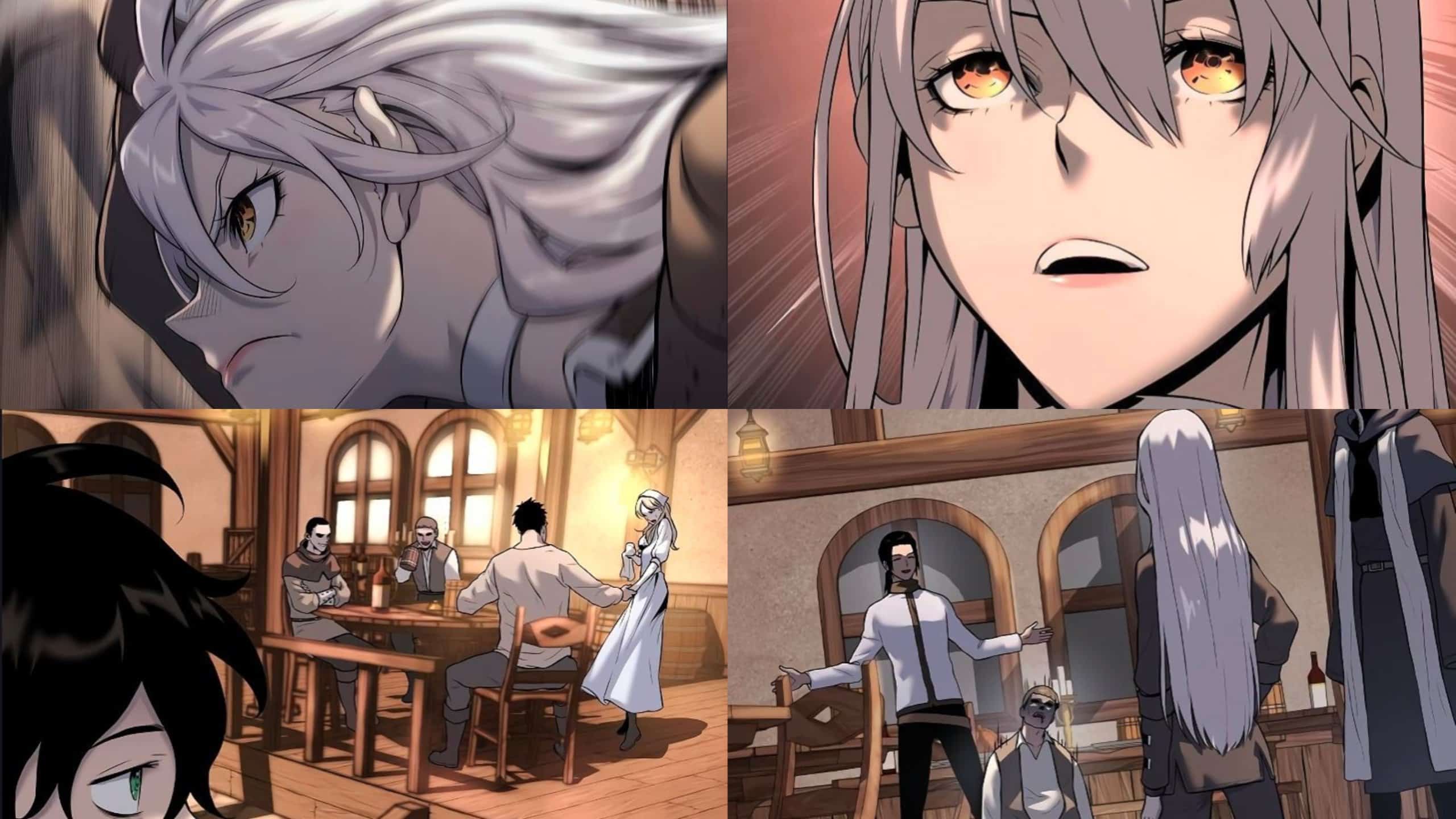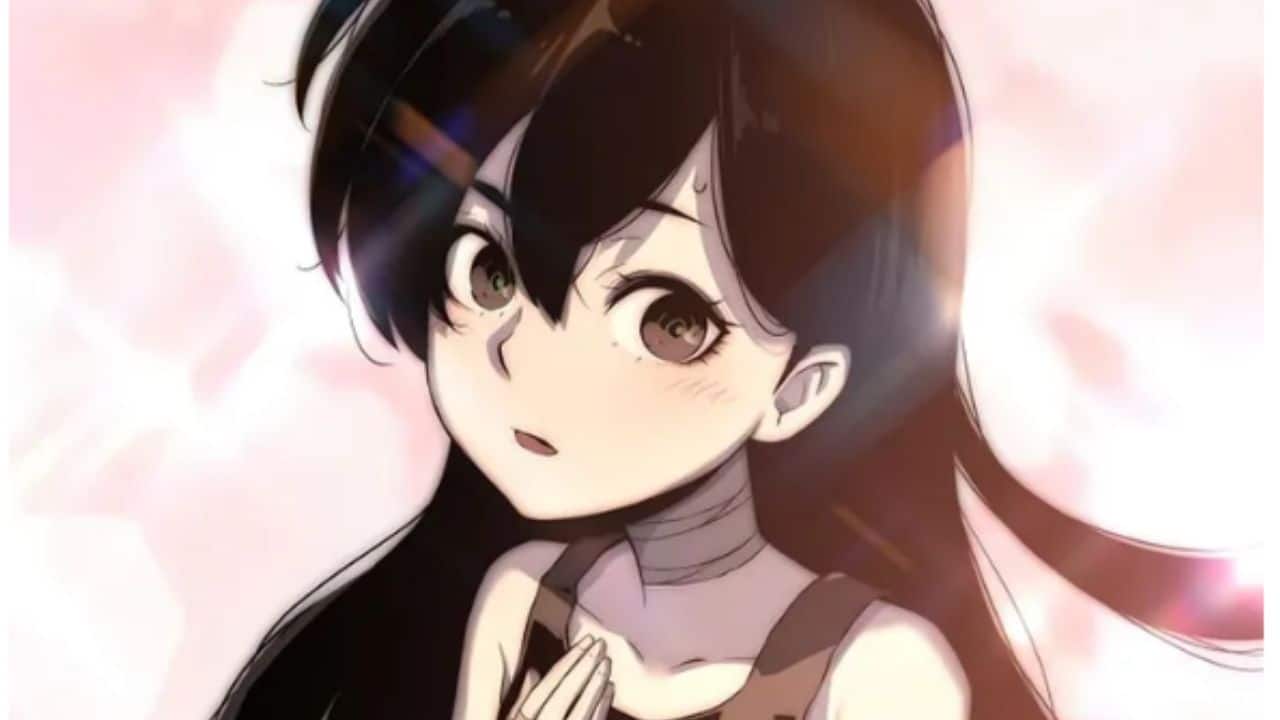The priest of corruption chapter 7 – In Chapter 7 of “The Priest of Corruption,” we delve into a world of moral complexities and spiritual battles. Father Michael, the enigmatic protagonist, faces his inner demons while navigating the treacherous path of redemption. As the lines between good and evil blur, the characters grapple with their motivations and the consequences of their actions.
The chapter unveils the intricate development of Father Michael, as he struggles to reconcile his past sins with his newfound faith. The motivations and conflicts of the supporting characters add depth to the narrative, creating a tapestry of human emotions and desires.
Plot Summary

In Chapter 7 of “The Priest of Corruption,” the story takes a dark turn as the true nature of the corruption spreading through the land is revealed. The protagonist, a young priest named Kael, finds himself at a crossroads, torn between his duty to his faith and his growing doubts about the church’s motives.
The priest of corruption chapter 7 continues to unravel the dark secrets of the corrupt priest. But if you’re looking for a lighter read, you might want to check out rent a girlfriend chapter 308 . This chapter follows the hilarious antics of a boy who rents a girlfriend to help him through a difficult time.
Meanwhile, the priest of corruption chapter 7 continues to expose the depths of corruption within the church.
Kael’s journey continues as he delves deeper into the mystery surrounding the corruption. Along the way, he encounters a cast of enigmatic characters, each with their own secrets and motivations. The lines between good and evil blur as Kael uncovers the sinister truth behind the corruption, and the stakes rise higher than ever before.
In the Priest of Corruption Chapter 7, the battle between the forces of good and evil rages on. As the darkness threatens to consume all, a glimmer of hope emerges from an unexpected source. Read on to discover how this unlikely hero turns the tide of the battle and sets the stage for the thrilling events of Solo Leveling Chapter 3 . Returning to the Priest of Corruption Chapter 7, the hero’s journey continues as they face even greater challenges and make fateful decisions that will shape the destiny of the realm.
The Corruption’s True Nature
The chapter reveals that the corruption plaguing the land is not merely a physical affliction but a malevolent force that seeks to consume all it touches. Kael discovers that the source of the corruption lies within the church itself, and that the priests have been using it to control the people.
The priest of corruption chapter 7 follows the thrilling journey of a young priest as he uncovers a web of deceit and corruption within the church. Meanwhile, blue lock chapter 227 takes us to the intense world of soccer, where the Blue Lock team faces their toughest challenge yet.
As the priest continues his quest for truth, the soccer match reaches its climax, leaving readers on the edge of their seats for the next chapter of both stories.
Kael’s Crisis of Faith
As Kael uncovers the truth, he grapples with a profound crisis of faith. He must confront the possibility that the church he has dedicated his life to is corrupt and manipulative. The conflict between his beliefs and the reality he faces torments Kael, forcing him to question everything he thought he knew.
A Sinister Alliance, The priest of corruption chapter 7
Kael’s investigations lead him to uncover a sinister alliance between the church and a powerful demon. This alliance has been using the corruption to spread chaos and fear throughout the land, with the ultimate goal of plunging the world into darkness.
A Crossroads of Destiny
Chapter 7 culminates in a pivotal moment for Kael. He must make a choice that will shape his destiny and the fate of the land. Will he stand against the corruption and the church’s tyranny, or will he succumb to the darkness that threatens to consume him?
Character Analysis

In Chapter 7, the characters undergo significant development and their motivations and conflicts become more complex.
Father Michael
Father Michael’s descent into darkness continues in this chapter. Haunted by his past and the guilt of his sins, he becomes increasingly isolated and withdrawn. His faith is shaken, and he begins to question his own worthiness as a priest. Despite his inner turmoil, he maintains a facade of strength and piety, hiding his true feelings from those around him.
Other Characters
The other characters in the chapter are also struggling with their own inner demons. Sister Mary is torn between her loyalty to Father Michael and her growing suspicions about his behavior. She witnesses his decline with a mixture of concern and fear. The townspeople, once devout followers of Father Michael, begin to question his authority as rumors of his corruption spread.
Symbolic Significance
The characters in Chapter 7 can be seen as symbols of the human condition. Father Michael represents the struggle between good and evil within us all. Sister Mary represents the power of faith and the importance of forgiveness. The townspeople represent the collective consciousness and the way in which we can be swayed by fear and superstition.
Themes and Symbolism

Chapter 7 delves into profound themes of corruption, redemption, and the complex nature of good and evil. The author deftly employs symbolism and imagery to convey these themes, enriching the narrative with layers of meaning.
The Church and Religion
The church serves as a central symbol in the chapter, representing both the potential for redemption and the hypocrisy that can corrupt it. The priest, a figure of religious authority, grapples with his own inner darkness, highlighting the fallibility of human nature even within sacred institutions.
- The crumbling walls of the church symbolize the decay and corruption that have infiltrated its foundations.
- The stained-glass windows, once depicting scenes of holiness, now bear the marks of time and neglect, reflecting the tarnished state of the church’s soul.
Corruption and Redemption
The priest’s struggle with corruption mirrors the larger theme of the chapter. His descent into darkness is paralleled by the decay of the church, suggesting that even the purest of institutions can succumb to corruption.
- The priest’s alcoholism symbolizes his addiction to sin, a vice that slowly consumes his soul.
- The young boy who confesses to the priest represents the hope of redemption, a glimmer of innocence in a world tainted by corruption.
The Nature of Good and Evil
Chapter 7 challenges simplistic notions of good and evil, presenting them as intertwined and often indistinguishable forces. The priest’s struggle with his own darkness reveals the capacity for evil within even the most pious of hearts.
- The priest’s temptation to harm the young boy demonstrates the potential for evil to lurk within even the most seemingly virtuous of individuals.
- The priest’s eventual redemption, through his sacrifice for the boy, suggests that even those who have fallen into darkness can find a path back to the light.
Style and Structure

The writing style of Chapter 7 is characterized by its use of vivid imagery, symbolism, and foreshadowing. The author’s use of language is rich and evocative, creating a vivid and immersive experience for the reader.
The chapter is structured in a way that builds tension and suspense. The story unfolds in a series of short, sharp scenes, each of which adds to the overall sense of unease and foreboding.
Use of Literary Devices
The author employs a variety of literary devices in Chapter 7, including foreshadowing, irony, and allegory.
- Foreshadowing: The author uses foreshadowing to hint at the events that will take place later in the chapter. For example, the description of the priest’s eyes as “black as night” foreshadows his evil nature.
- Irony: The author uses irony to create a sense of tension and suspense. For example, the priest’s claim that he is a “man of God” is ironic, given his evil actions.
- Allegory: The chapter can be read as an allegory for the dangers of religious corruption. The priest represents the corrupt clergy, while the villagers represent the innocent faithful.
Impact of Structure
The structure of the chapter contributes to its overall impact. The short, sharp scenes create a sense of urgency and suspense. The use of foreshadowing and irony builds tension and keeps the reader guessing. The allegorical nature of the chapter gives it a timeless and universal appeal.
Last Recap: The Priest Of Corruption Chapter 7
Chapter 7 of “The Priest of Corruption” leaves us with a profound reflection on the nature of corruption, the possibility of redemption, and the enduring battle between good and evil. The author’s skillful use of symbolism and literary devices paints a vivid picture of the characters’ inner struggles, leaving readers to ponder the complexities of human nature.